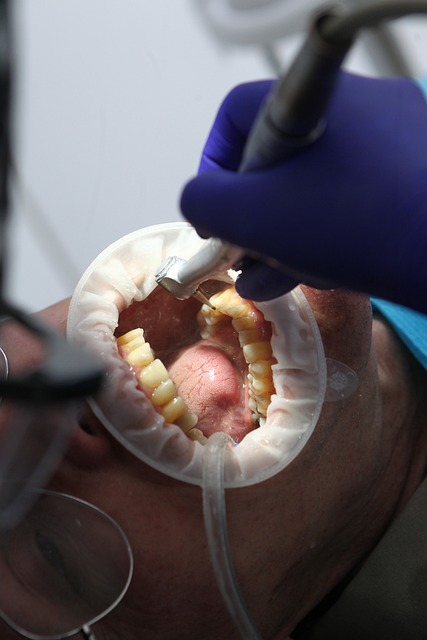Dental problems can range from minor cavities to more complex procedures like root canal surgery. Tooth decay that is left untreated can spread into the tooth’s pulp. The pulp is the soft innermost part of the tooth that contains nerves and blood vessels. Infection or inflammation in this area can lead to severe pain, sensitivity to hot and cold temperatures, and swelling in the gum.
Root canal treatment is a procedure that removes the infected pulp and seals the tooth to protect it from further damage. The procedure is typically done under local anesthesia and can take up to two appointments to complete.
During the first appointment, the endodontist will remove the infected pulp and clean the root canals. They will also take X-rays to check the root canals’ shape and ensure that all decay has been removed. The last step of the first appointment is filling and sealing the cleaned canals with gutta-percha, a rubber-like material.
At the second appointment, the endodontist will fill the opening of the tooth with a filling or place a crown. After root canal surgery, the tooth may feel sensitive for a few days. It is essential to avoid chewing or biting hard on the treated tooth during this time. Over-the-counter pain relievers can help manage any discomfort.
Root canal treatment is a crucial procedure for patients experiencing severe tooth pain. Seek dental attention when you experience any discomfort, as postponing diagnosis and treatment can lead to more complex problems.






